 01
01Apr
Vaping: What You Need to Know
by Dr. Carly WilburUniversity Hospitals Rainbow Babies and Children’s Hospital Vaping refers to the inhalation of aerosolized particles of a drug (usually nicotine or marijuana) mixed with flavoring. Most vaping devices contain a battery for power, a heating element, a place to insert the drug-containing liquid that will be heated until it vaporizes, and a […]
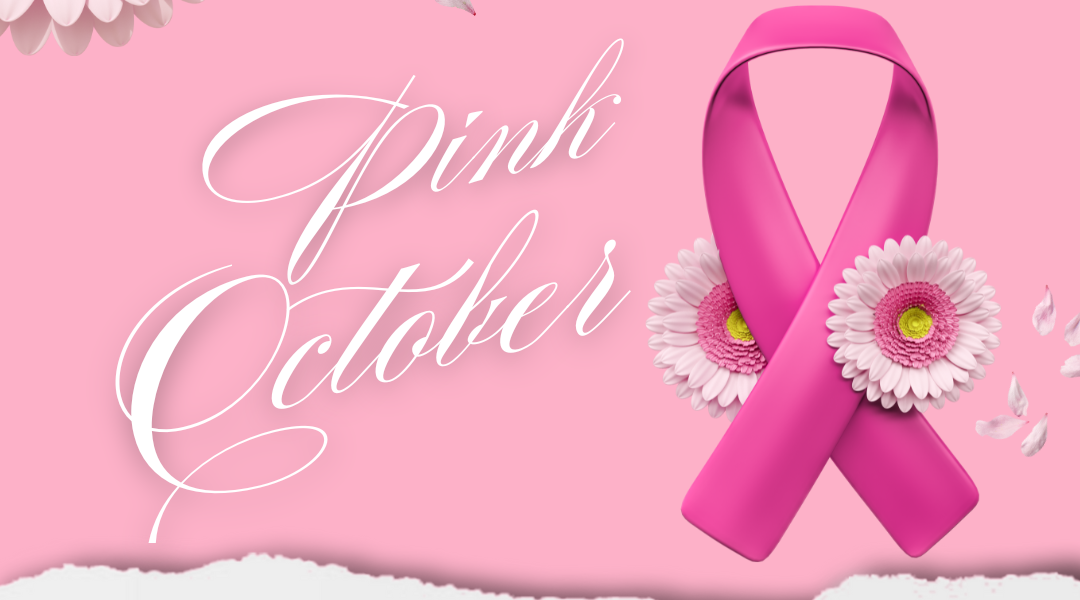 03
03Oct
October is Breast Cancer Awareness Month
Halloween is just around the corner, and while the excitement of dressing up and trick-or-treating is high, it’s important to prioritize safety.
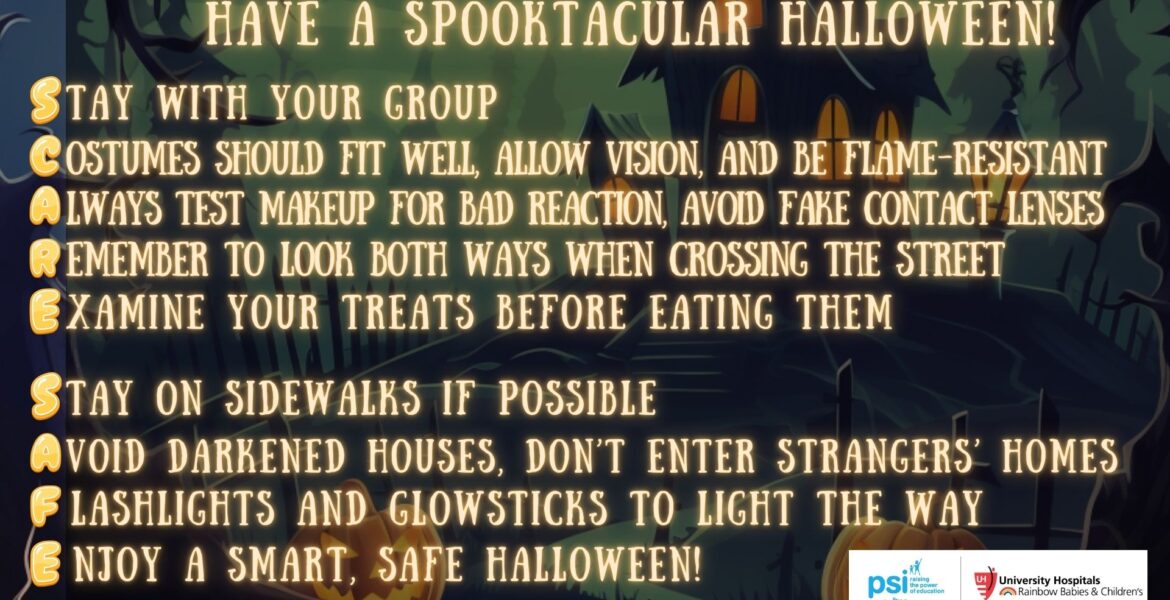 03
03Oct
Halloween Safety Tips
Halloween is just around the corner, and while the excitement of dressing up and trick-or-treating is high, it’s important to prioritize safety.
 06
06Jun
Harnessing AI to Keep Kids Engaged in Learning During Summer
Harnessing AI to Keep Kids Engaged in Learning During Summer As the summer months approach, parents and educators face the perennial challenge of keeping children engaged in educational activities. The long break can lead to the “summer slide,” where students lose some of the progress made during the school year. However, the advent of artificial […]
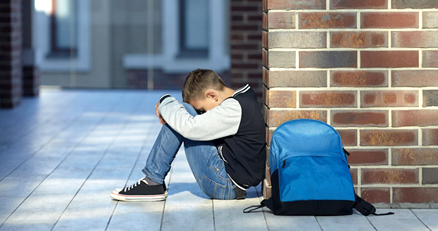 30
30May
After a Suicide: Answering Student Questions and Providing Support
by Dr. Scott Poland Co-Director of the Suicide and Violence Prevention Office, Nova Southeastern University, Fort Lauderdale, Florida, and Richard Lieberman, Loyola Marymount University, Los Angeles, California The aftermath of a youth suicide is a sad and challenging time for a school. Postvention has become synonymous with the challenging aftermath of suicide and few events […]
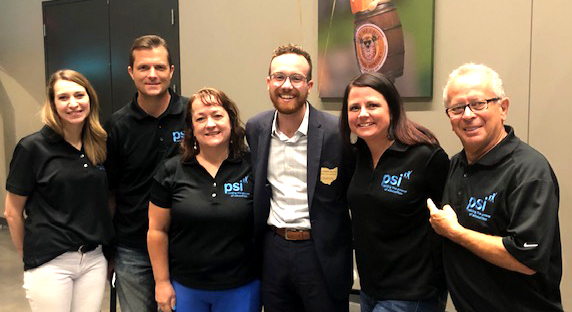 30
30May
The Ohio Association of Student Councils: Teaching Valuable Leadership Skills in Grades 6 – 12
OASC representative Anthony Paletta (third from right) and the psi team help raise money for OASC’s Northeast Ohio Chapter. Since 1953, the Ohio Association of Student Councils (soon to be the Ohio Association of Student Leaders in January 2020) has been dedicated to the teaching of leadership skills, organizational skills, and people skills valuable to the members […]
 30
30May
Staff and Student Trainings for SY 2019-2020
Schedule now for your 2019-2020 staff and student trainings! Safety and Violence Prevention Training (now includes the required 2-hour mental health component) CPR/AED/First Aid Training Anti-Bullying Programs Suicide Awareness and Prevention Training Bloodborne Pathogen Training Diabetes Education – HB 264 PBIS / RTI LifeAct Programs Communicable Disease Epinephrine Auto Injector Training Crisis Intervention Team Training and […]
 30
30May
psi Webinars: In Case You Missed It…
[av_textblock size=” font_color=” color=” av-medium-font-size=” av-small-font-size=” av-mini-font-size=” custom_class=” admin_preview_bg=”] psi offers live webinars on various educational topics throughout the year. Presenters include national experts and psi staff with expertise in their disciplines. [/av_textblock] [av_one_third first min_height=” vertical_alignment=” space=” custom_margin=” margin=’0px’ padding=’0px’ border=” border_color=” radius=’0px’ background_color=” src=” background_position=’top left’ background_repeat=’no-repeat’ animation=” mobile_breaking=” mobile_display=”] [av_image src=’/wp-content/uploads/VapeLaptop-300×212.png’ attachment=’5454′ […]
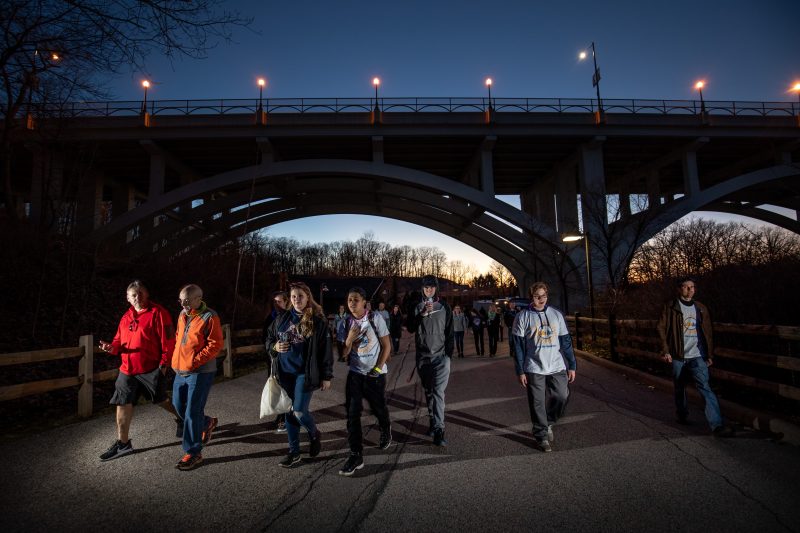 30
30May
psi Sponsors: LifeAct’s 2019 Into the Light Walk!
The 14th annual LifeAct Into the Light Walk took place recently on May 5, 2019. This year’s event brought in roughly 900 registered walkers, students, volunteers, sponsors and choir members. psi was part of a record-breaking number of sponsors this year! University Hospitals and 91.3 The Summit were two of the 20 partner sponsors that […]
Recent Comments